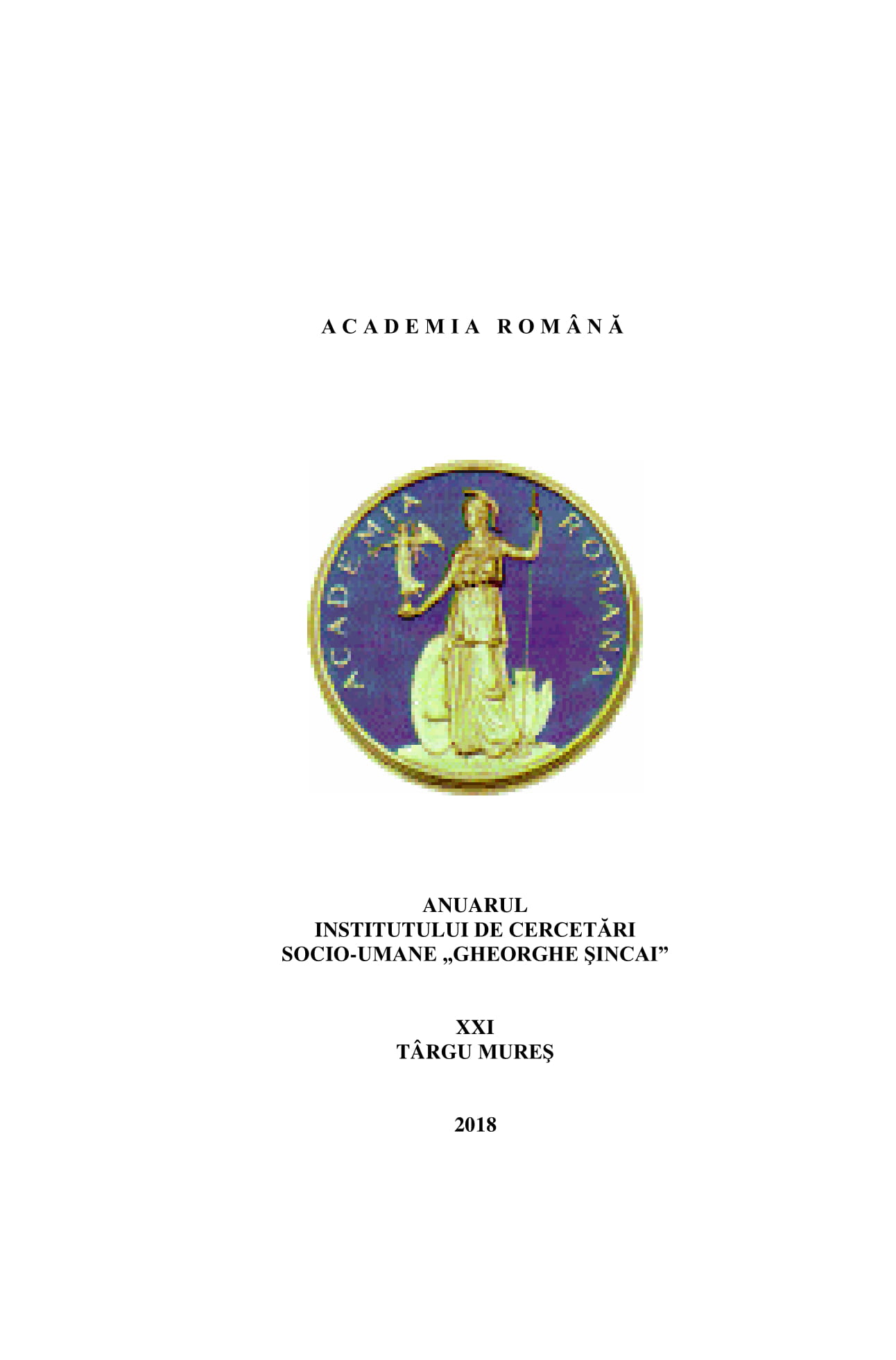COSTUMUL BĂRBĂTESC DIN ZONELE ETNOGRAFICE
MARAMUREȘ ȘI OAȘ: „MITOLOGII NAȚIONALE”, ORIGINI,
EVOLUȚIE, MORFOLOGIE ȘI SIMBOL. SEC. XVII- XX . Partea a II-a
The traditional man's costume from Maramureș and Oaș
ethno-cultural regions: „national mythologies”, origins, evolution, morphology and simbolism. XVII-XX c. Part Two
Author(s): Narcis-Mihai MartiniucSubject(s): Customs / Folklore, Cultural Anthropology / Ethnology, Culture and social structure
Published by: Institutul de Cercetări Socio-Umane Gheorghe Şincai al Academiei Române
Keywords: Oas Region; Maramures Region; ethnography; traditional costumes; protochronism; anthropology; sociology; folk art;
Summary/Abstract: It was immediately after the Second World War that the costume from Maramureș and Oaș regions drew the attention of the specialists in ethnography and traditional art. In the same period, Romanian nationalism reclaimed the value of this traditional costume. Until the instauration of the communist regime, the profile of the peasant from these two regions was vague and partially unknown to the Romanian intellectuals. The first part of the study is concerned with the role of the male’s costume in the Romanian protochronist discourse. I demonstrate how it evolved from a hazy image emerging during the 19th centruy, to a hypothetic and falsified „Dacian costume” able to contribute to the Romanian nationalist discourse during Ceaușescu's rule1 . In the next three sections of the paper I refer to the design and the evolution of this costume, emphasizing the local, unique and differentiating elements. I particularly insist on the attire' elements that were borrowed from different ethnic gropus and various geographic areas which finally had an influence on the Maramureș and Oaș Romanian costume. In the first section of this paper I took into consideration the effects of the contemporary emigration phenomenon in Oas area on the evolution of the traditional male costume. One of the consequences of migration is - perhaps paradoxical - that this local costume does not disappear, but adapts to the contemporary world, evolves and specializes more and more strictly, becoming a ceremonial costume by excellence. The next two chapters are a reconstruction of what the "recent man's suit" and the "old man's costume" meant, highlighting the parallels, influences, takeovers and morphological similarities between the Romanian costume of Oas and Maramures and that of the Slovaks, Ruthenians, Hungarians, Serbians and Croatians.
Journal: Anuarul Institutului de Cercetări Socio-Umane »Gheorghe Şincai« al Academiei Române
- Issue Year: 2018
- Issue No: 21
- Page Range: 5-84
- Page Count: 80
- Language: Romanian

